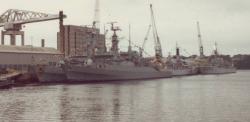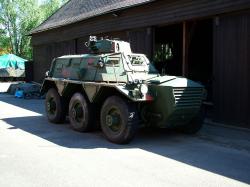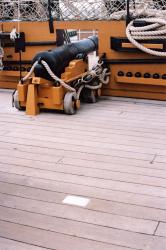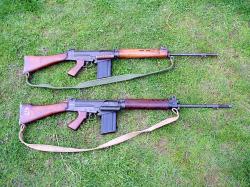Translate this Page
Anniversaries for today :
Welcome to Clash of Steel!
[ About us ]
[ Contribute a battle ]
[ Contribute a review ]
[ Contribute a reenactment group ]
[ Contact us ]
Featured battle : Kliastitzy [1]
Part of The French Revolutionary and Napoleonic Wars
Date : 28 July 1812
The first Franco-Polish cavalry probe in this sector of the northern flank met with a much larger cavalry force. The result was never in doubt but the Franco-Polish managed to get away with fairly low casualties given the circumstances.
Featured image :
The Humber Pig
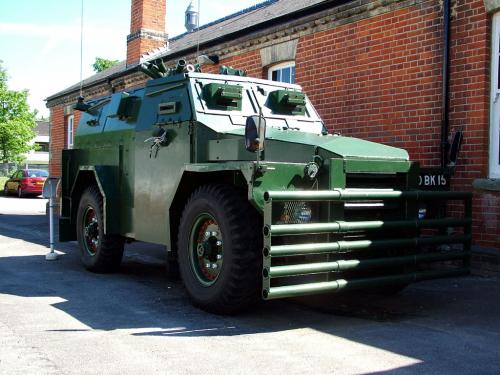
Shown in it's later, Northern Ireland configuration including 'bull-bars' at the front for clearing barricades and smoke grenade launchers.
Gallery updated : 2022-04-04 08:33:43
Featured review :
The Light Division in the Peninsular War 1811-1814
Tim Saunders & Rob Yuill
Tim Saunders and Bob Yuill have done it again and given us a superb book. After the Light Division 1808-1811 [reviewed on this site] we had high expectations of the second part to take us from 1811 to 1814 and we have not been disappointed. Again the text is well focussed and doesn’t drift off into writing about the wider campaign more than is necessary to tell the Division’s story. This volume seemed to have even more insights into the lives of the officers and ordinary infantry soldiers both in and between the battles. Lots of snippets stick in the mind such as hunting with foxhounds, shooting woodcock and marching whole battalions out of the line to re-uniform. The skirmishes and battles are well described and given colour by the personal reports of both officers and men. The story is not all glory but includes the lows and the dark passages of the division. This is the story of the ‘incomparable Light Division’ accurately and engagingly told.
There are a large number of maps and photographs interspersed throughout the text. Many photographs are of the locations today which would be a big help to anyone visiting the battlefields and marching routes.
We highly recommend you read The Light Division1808-1811 first then you will find this book a ‘must read’.
Pen & Sword Military, 2020
Reviewed : 2020-10-20 08:41:07

